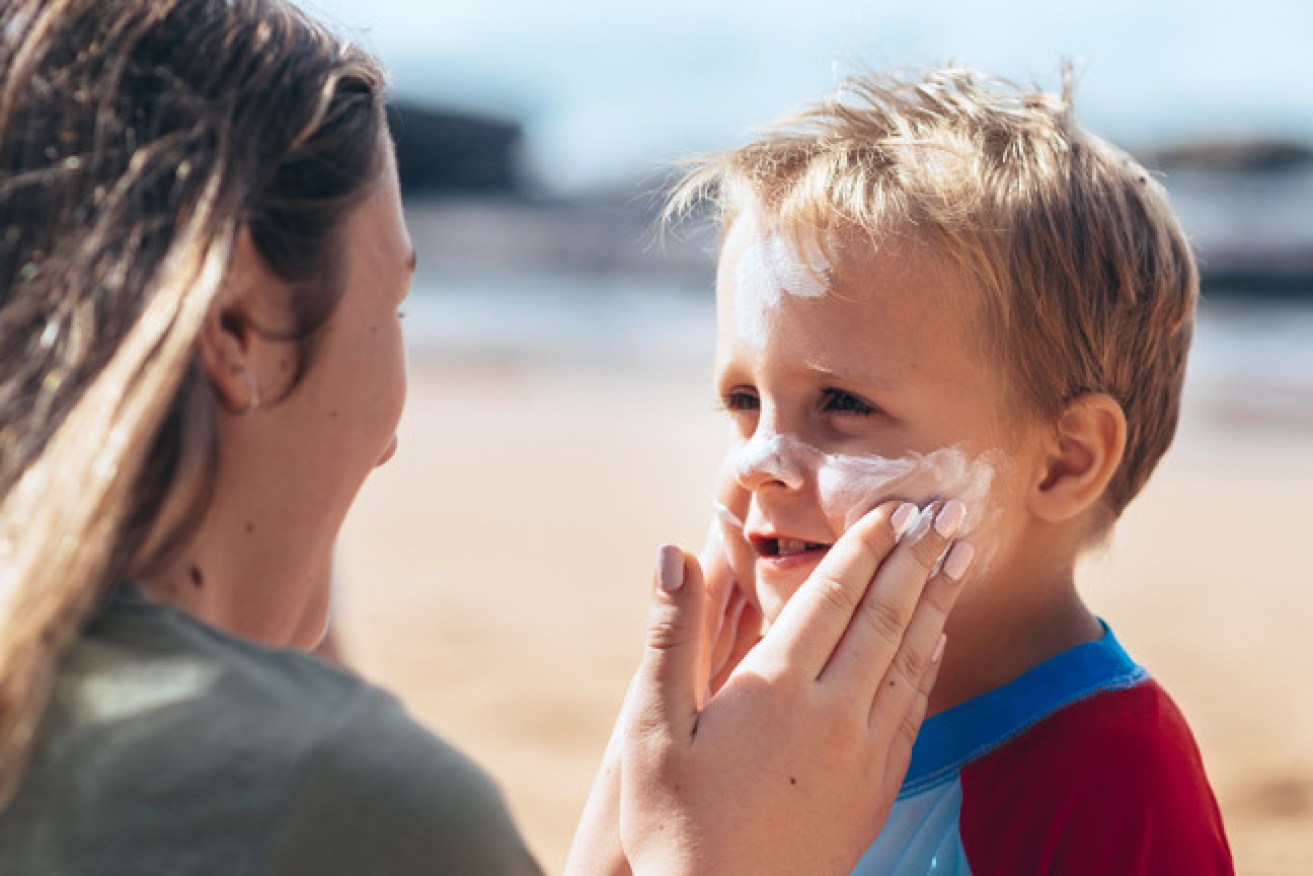Slip, slop, scrap: Research finds mixing sunscreens more deadly than none at all
With the high heat of summer bearing down on Queensland, scientists are warning that when it comes to sunscreen, applying a mix of natural and chemical products could do more harm than good.


Researchers have made a breakthrough on who is most likely to suffer from melanoma. (file image).
New research shows combining chemical sunscreens, which are safe on their own, with zinc oxide, commonly used in hybrid or mineral sunscreens, may result in a significant drop in protection from damaging UVA rays.
The experts found not only does combining chemical sunscreens with mineral ones reduce your protection from the sun by as much as 90 per cent, but it may also be toxic.
The study, published in the Photochemical and Photobiological Sciences journal, does not recommend people stop using sunscreen.
Co-author of the study, Professor Richard Blackburn from the University of Leeds, said sunscreen was safe, but warned different types should not be mixed.
“We still recommend consumers use sunscreen but suggest they should be careful to avoid mixing sunscreen with zinc oxide, whether intentionally with hybrid sunscreens that combine small-molecule UV filters with zinc oxide, or incidentally by mixing sunscreen with other products containing zinc oxide, such as makeup containing SPF,” Blackburn said.
About 1700 Australians die from melanoma each year and another 500 die from other kinds of skin cancers.
Despite decades of public health campaigns, latest figures show more cases of skin cancer are diagnosed each year than all other cancers combined.
The sunscreen research, published today by the University of Oregon and the University of Leeds, tested five different SPF15 chemical sunscreens commonly used in Europe and America.
The chemical sunscreen mixtures include small-molecule UV filter ingredients and don’t contain zinc oxide.
Zinc oxide is used as a natural alternative to the chemical oxybenzone in some sunscreen products as it creates a physical barrier between skin and the sun’s dangerous rays.
In the study, each of the regular sunscreens was found to reliably protect against UVA.
However, when one of the sunscreens was mixed with 6 per cent of zinc oxide, the UVA protection factor was reduced by between 84.3 and 91.8 per cent after two hours in the sun, the researchers found.
This compares to the original sunscreen without zinc oxide only showing a 15.8 per cent loss in UVA protection factor after it was exposed to UV rays for two hours.
The researchers said they also exposed zebra fish embryos, a model organism for biomedical research, to diluted sunscreen mixtures in experiments to explore the potential effects of different combinations.
The zebra fish embryos exposed to sunscreen mixed with zinc oxide showed increased changes to their normal development, including under-developed fins and shorter than normal body length.
The five chemical sunscreens were found to show minimal changes to the zebra fish development. Zinc oxide was also tested in isolation and did not significantly increase toxicity.
The finding indicated that it was the combination of zinc and other sunscreen ingredients that was linked to developmental changes in zebra fish embryos suggesting increased toxicity.












